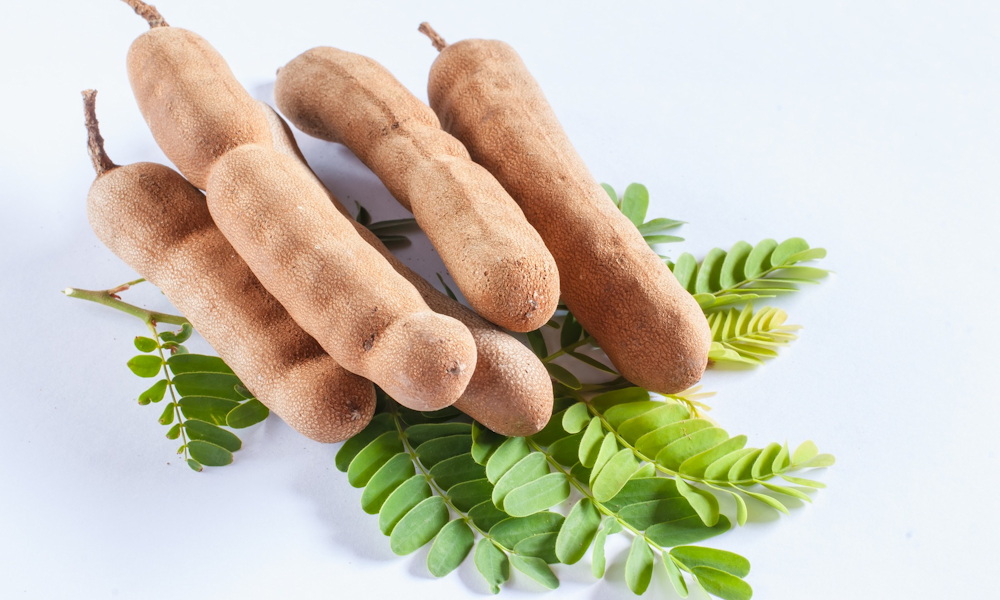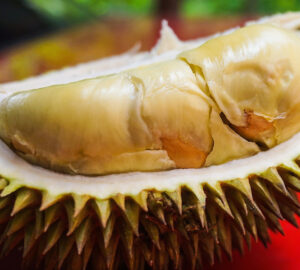Tamarind, scientifically known as Tamarindus indica, is a remarkable tropical fruit celebrated for its sweet and tangy flavor. This fruit is borne by the tamarind tree and has captured culinary enthusiasts’ attention around the world. Native to Africa, this versatile plant has made its way into cuisines around the world, enriching dishes with its distinctive taste and nutritional benefits.
The Roots of Tamarind: A Journey from Africa
The tamarind tree has a rich history dating back thousands of years. Originating in East Africa, it gradually spread to tropical regions across Asia, Latin America and the Caribbean. Today, it thrives in these areas, becoming an integral part of their culinary and cultural heritage.
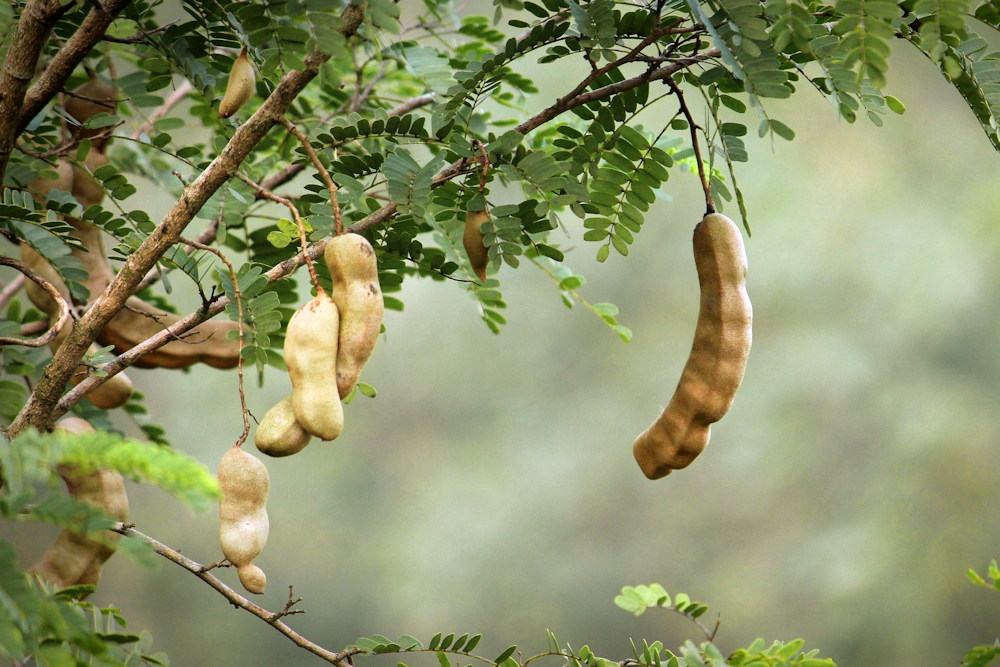
The Enchanting Appearance of the Tamarind Tree
Tamarind trees are distinguished by their graceful, fern-like leaves and slender branches. They can grow quite tall, reaching up to 80 feet (24.4 m) in height, providing ample shade with their dense foliage. The tree’s crowning glory is its fruit, which hangs in elongated pods, resembling large brown beans.
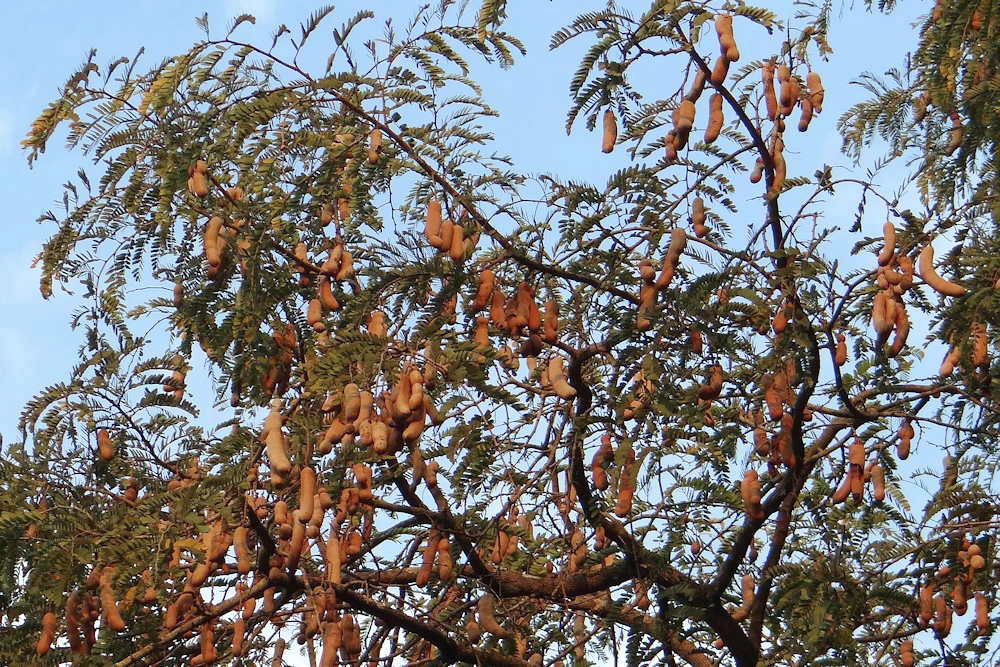
Edible Bounty: Unveiling the Nutritional Riches
The edible part of the tamarind plant is the pulp encased in the pods. This pulp is a treasure trove of nutrients, containing vitamins such as thiamin (vitamin B1), riboflavin (vitamin B2) and niacin (vitamin B3), as well as minerals like iron, potassium and magnesium. Moreover, it’s a superb source of dietary fiber and antioxidants, contributing to digestive health and overall well-being.

Tantalizing Tamarind in the Culinary World
Tamarind’s unique sweet and tangy flavor profile makes it an indispensable ingredient in various cuisines. It is a key component in countless dishes, from savory curries and chutneys in Indian cuisine to refreshing beverages and candies in Southeast Asia. Tamarind paste, extracted from the pulp, serves as a flavorful base for marinades, sauces and soups, adding depth and complexity to a wide range of recipes.
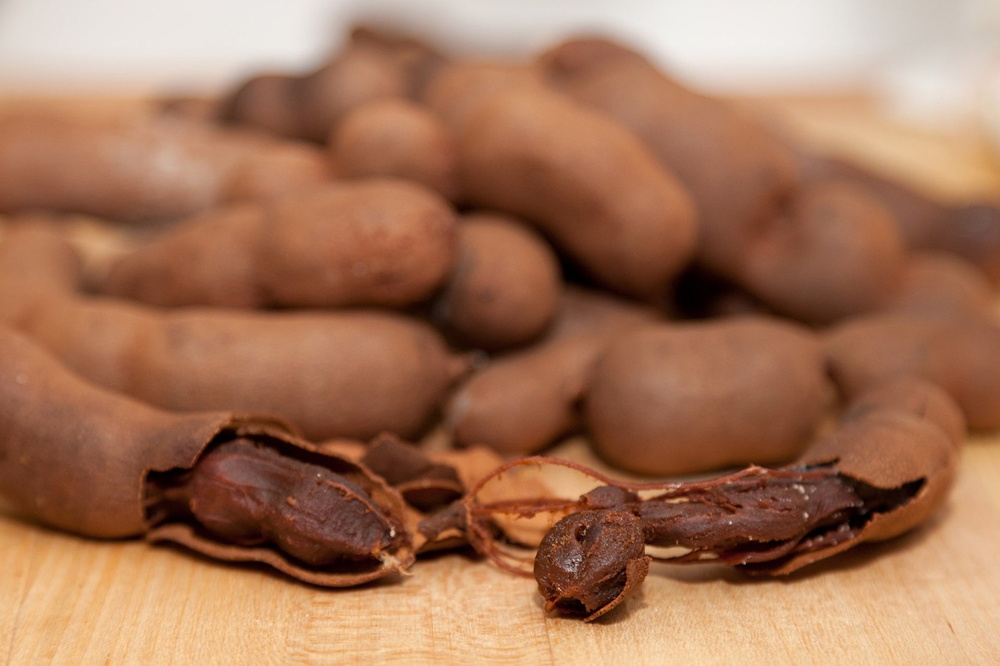
Tamarind’s Global Impact: Five Fascinating Facts
- Natural Preservative: Tamarind’s high acidity and strong antibacterial properties historically made it an effective natural preservative for food.
- Ayurvedic Remedy: In traditional medicine, tamarind has been used to treat various ailments, including digestive issues and fever.
- Symbol of Friendship: Tamarind trees are known to live for centuries, often becoming symbols of enduring friendships in some cultures.
- Natural Souring Agent: Tamarind’s tartness is harnessed not only for its delicious flavor but also for its widespread use as a natural souring agent in many cuisines, replacing vinegar or lemon juice in various recipes.
- Environmentally Friendly: Tamarind trees are hardy and require minimal care, making them an environmentally sustainable crop.
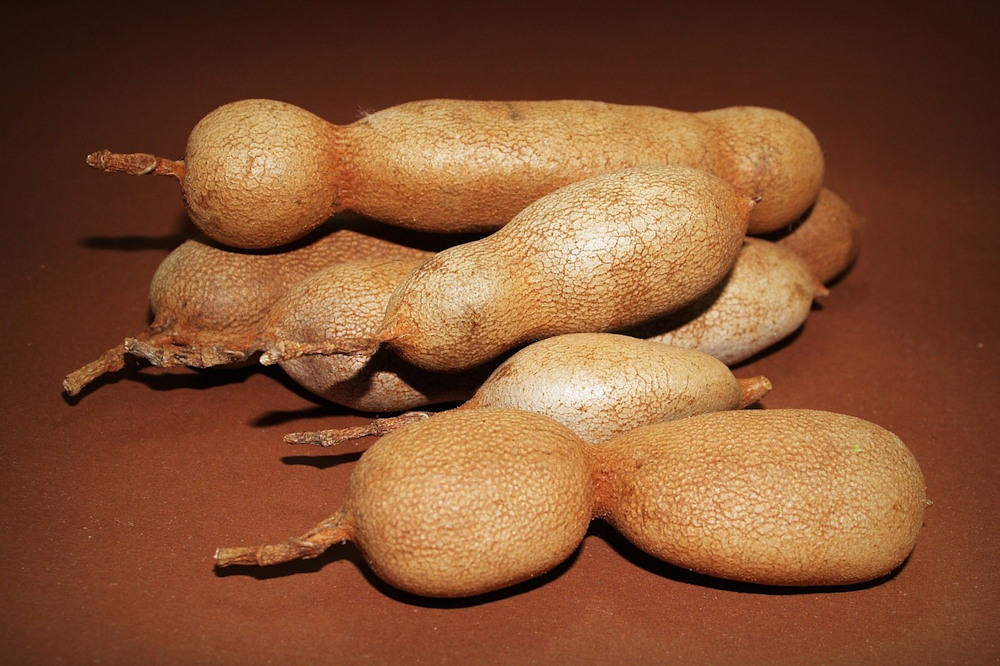
From Tree to Table: Where to Discover Tamarind
Tamarind and its products are readily available in various forms worldwide. In tropical regions where the tree thrives, you can often find tamarind trees growing in gardens, parks, and along streets, making it possible to harvest the fruit directly. For those beyond tropical climates, tamarind is widely sold in grocery stores, both as whole pods and processed into paste, concentrate, or even candy. Additionally, you can explore local ethnic markets or specialty stores, which frequently stock tamarind and its derivatives, bringing the flavors of this versatile fruit within reach of culinary enthusiasts everywhere. Whether you’re a home cook looking to experiment or a seasoned chef seeking authentic ingredients, tamarind is just a shopping trip away, inviting you to explore its delectable possibilities.
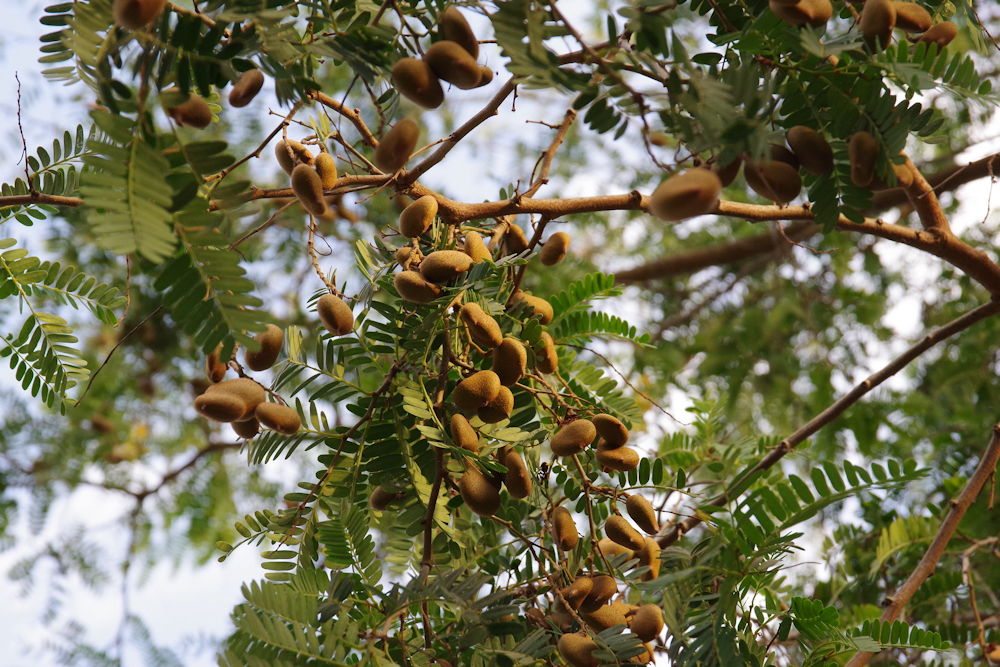
Tamarind, with its origins in Africa and its global culinary presence, is more than just a fruit tree. It’s a testament to the rich interplay of flavors and cultures. Its edible pulp, packed with vitamins and minerals, adds a zesty touch to countless dishes, while the tree itself stands as a symbol of endurance and friendship. This tropical treasure, both versatile and nutritious, continues to captivate the world’s taste buds, leaving an indelible mark on our gastronomic journey.



